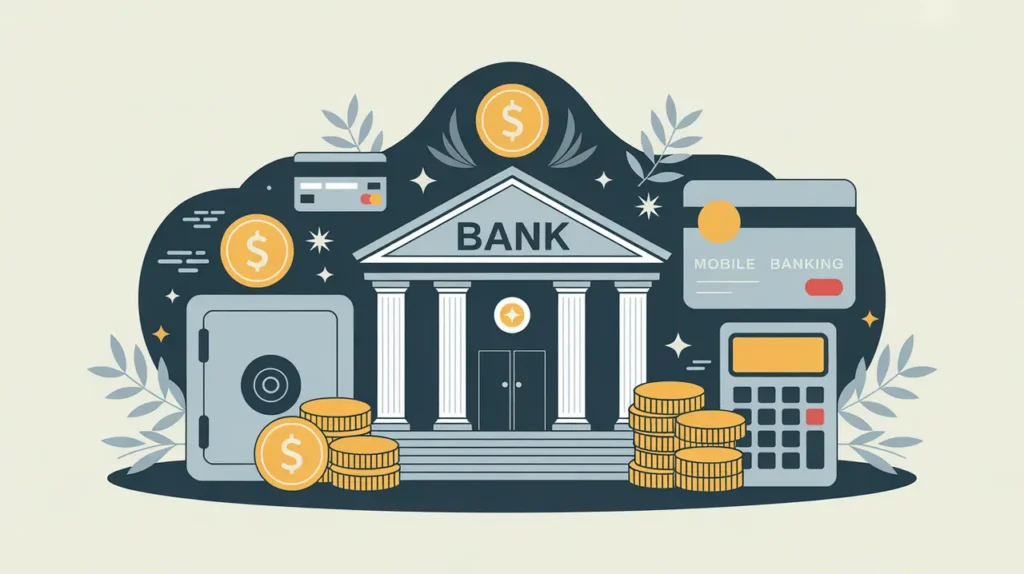Importance of Microfinance
Microfinance is an important tool for expanding financial inclusion and reducing poverty by providing small loans, savings, and financial services to people who are typically excluded from formal banking systems. In international development, it helps individuals, particularly women and low-income entrepreneurs, start or grow businesses, manage risks, and invest in health or education. For nonprofits and social innovators, microfinance matters because it empowers proximate communities with access to credit and resources that strengthen resilience and livelihoods.
Definition and Features
Microfinance refers to the provision of financial services to low-income individuals or groups who lack access to traditional banking. Its defining features include:
- Small-Scale Lending: loans designed for microenterprises or household needs.
- Group Models: lending often structured through community groups to ensure repayment.
- Financial Services Beyond Credit: including savings, insurance, and financial literacy.
- Inclusion Focus: targeting marginalized populations, especially women and rural communities.
How this Works in Practice
In practice, microfinance institutions (MFIs), cooperatives, and NGOs provide loans and savings products tailored to low-income clients. For example, women’s savings groups may pool resources to provide loans to members, while MFIs extend credit for small businesses such as farming, tailoring, or food stalls. Digital platforms are increasingly expanding microfinance through mobile money services. Challenges include high interest rates, over-indebtedness, limited financial literacy, and difficulty scaling while maintaining social impact.
Implications for Social Innovation
Microfinance has significant implications for social innovation because it demonstrates how finance can be reimagined to serve the poor and excluded. Innovations such as mobile lending platforms, peer-to-peer lending, and blended finance models expand access and efficiency. For proximate actors, microfinance provides capital and confidence to invest in their futures. Microfinance is essential for advancing financial inclusion and strengthening community resilience.







